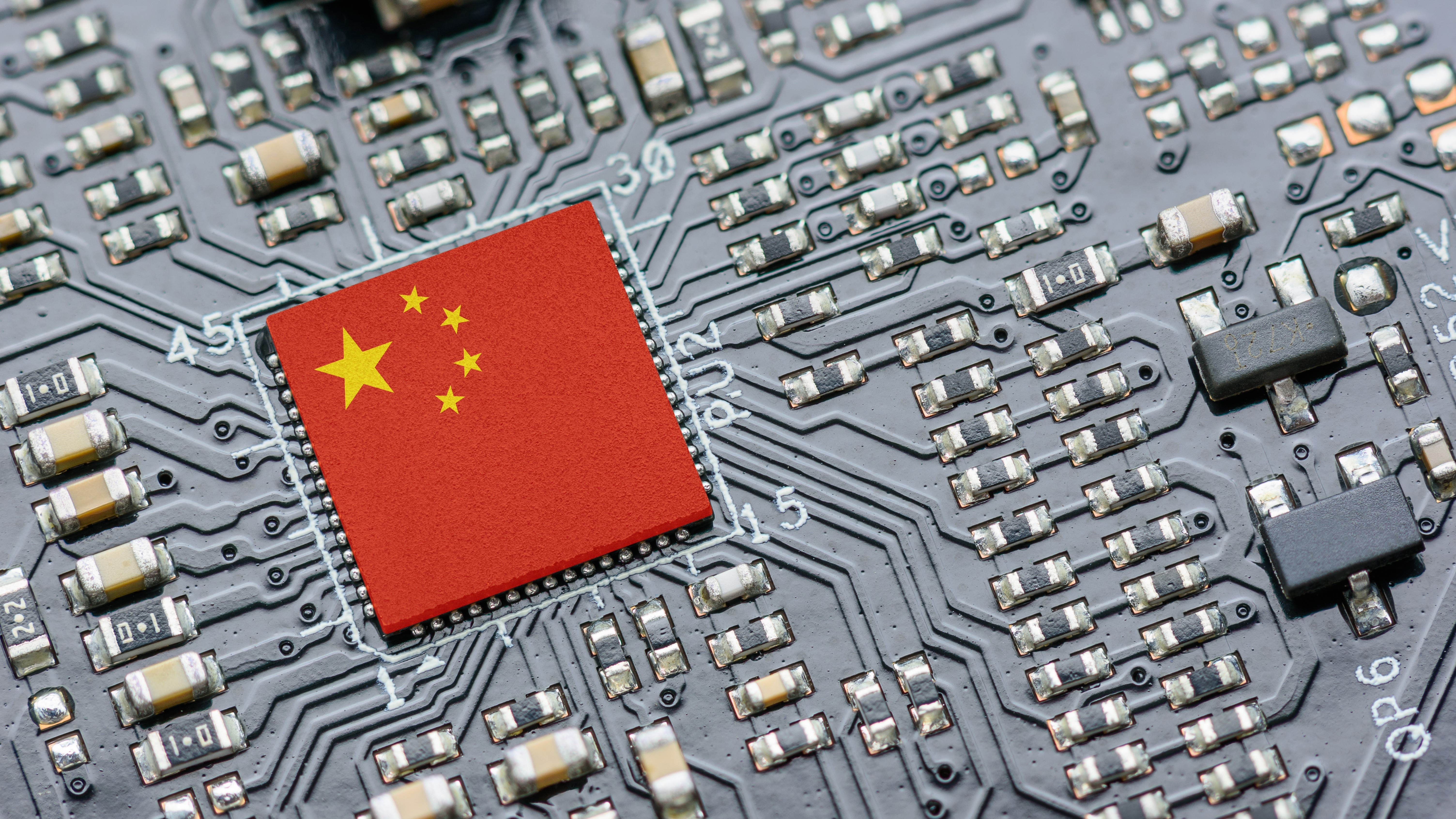China's mature chips to make up 28% of world production, creating oversupply — Western companies express concern for their survival
China produces 28% of the world's mature chips, stoking fears of industry 'China Shock'

Chinese legacy chipmakers and silicon producers are hitting the global market hard, and Western competitors are struggling to keep up with the intense supply and low prices. Industry speculators are predicting a "China shock" for chipmaking, and some companies already feel the squeeze.
The production of mature process nodes, typically above 20nm, is the lifeblood of chip manufacturers outside the bleeding edge. Legacy nodes largely power consumer electronics and automotive use cases, and the production of these older nodes and the silicon wafers that create them provide valuable profit streams for funding R&D departments across the chip industry.
In 2025, however, it will become increasingly challenging to outbid a growing wave of Chinese fabs pricing their wares far cheaper than Western companies can afford to compete. Due mainly to American sanctions blocking Chinese companies from access to modern process nodes and manufacturing equipment, China's fast-growing semiconductor sector has pivoted to legacy chips to feed its needs for domestic tech. China's fabs are expected to account for 28% of global mature chip capacity by the end of 2025.
"Just two years ago, a mainstream 6-inch SiC [silicon carbide] wafer from global leader Wolfspeed was $1,500," an anonymous sales director for a German chipmaker shared with Nikkei Asia. Today, the same 6-inch wafer is sold for only $500 by Guangzhou Summit Crystal Semiconductor, where dozens of other little-known Chinese fabs price their wafers at similarly impossible undercuts.
The sales director called China's growth in the sector "a bloody knockout match." He continues, "We expect many Chinese players as well as foreign players will get hurt. Many of them already have, and eventually many will have to exit these bloody games."
The aforementioned Wolfspeed, once the world leader in silicon wafer production, is now recovering from laying off 20% of its staff in response to its stock value falling 96% in 3 years. Onsemi, an Arizona-based legacy semiconductor company, announced its layoffs, which affected 9% of staff today. While not all of this downsizing can be blamed on Chinese dominance, the U.S. government has publicly speculated that China's rapid rise in legacy chip manufacturing would have this effect on the U.S. industry.
China's new wave of legacy chip companies is powered by heavy government investment at the national and local levels. China's "Big Fund" for semiconductor production has raised ¥688 billion ($95 billion) over three rounds, with local governments investing in their regional champions.
Get Tom's Hardware's best news and in-depth reviews, straight to your inbox.
The sector's widespread growth across China creates dozens of new players with which Western companies must compete. However, this growth also risks serious oversupply. China's 28% mature node market share is expected to grow to 39% by 2027.
"There is already oversupply in several types of mature chips, and China's economy hasn't fully bounced back yet," says the IDC's Galen Zeng. "We expect Chinese players to ramp up more aggressively than their global peers over the next few years, driven by China's localization push."
The market flooding of legacy chips coming from China is beginning in full, as predicted when China first announced its ramp-up of mature node production in 2023. The full effect of this new theater of the U.S.-China "Chip War" on both countries and chipmakers, large and small, is yet to be seen. As profit margins disappear in the name of growing market share, the profit motive will not look kindly on either aggressor in this legacy chip melee.

Sunny Grimm is a contributing writer for Tom's Hardware. He has been building and breaking computers since 2017, serving as the resident youngster at Tom's. From APUs to RGB, Sunny has a handle on all the latest tech news.
-
chaz_music It has been visible for quite some time that SiC wafers were going to go down in price as they become more and more commodity. Even in power electronics, the device designs are missing some key tech, so this is where tech development should be. And, of course, moving SiC into mainstream devices that can benefit from the higher thermal conductivity and switching speed of SiC such as CPUs, Flash, and communications (PCIe 6/7, PAM/QAM, etc.).Reply -
thestryker This is an important part of the market that largely seems ignored by the big players because there's no money in it. It has also been ignored by all of the government policies/incentives across the globe. This was a partial driver behind Intel's attempt at buying Tower Semiconductor since they no longer have any legacy fabs. I'm not sure what the best way forward is with regards to protecting that industry, but hopefully it happens.Reply -
Sketch 006 Typical business practices, undercut until you dominate the industry or portion you want of it, then after the competition is killed off, start taking in the profitReply -
Grobe comercial question: Does the/some/any retailers have any ethics committee that can somehow mitigate the issue if the origin place (with defined borders as seen on a map or globe) have spoken open about ... (you know, when at least one neighbor of that particular place/area have reason to not feel safe) ?Reply -
Konomi Well you know how the saying goes.. teach a man to fish.. or in this case, China. A predictable outcome.Reply -
Sippincider Reply
Indeed. Have we really forgotten the Covid chip shortages already?thestryker said:This is an important part of the market that largely seems ignored by the big players because there's no money in it.
Mature-node chips for automotive and transportation are one of those things that nobody loves until you can't get them. Then you discover just how critical they are... -
phead128 US sanctions China at high-end nodes, then gets angry when China specializes at legacy nodes.Reply
US gets angry at chips shortages in world, then gets angry at chips "overcapacity" in world.
At this point, just admit that you don't have a measurable or coherent strategy. You simply don't. -
t3t4 ReplyChinese legacy chipmakers and silicon producers are hitting the global market hard, and Western competitors are struggling to keep up with the intense supply and low prices
Well,,,, duh!
Now raise your hand if you didn't see it coming. -
Gururu This is a nothing burger. China is the largest producer of plastic in the world but noone cares about that. If they happen to make most of the chips for AI refrigerators too, BIG DEAL. Replace "mature chips" with "most advanced chips" they fall to <1%. They will be funneling nVidia chips through the backdoor for decades. IMO.Reply